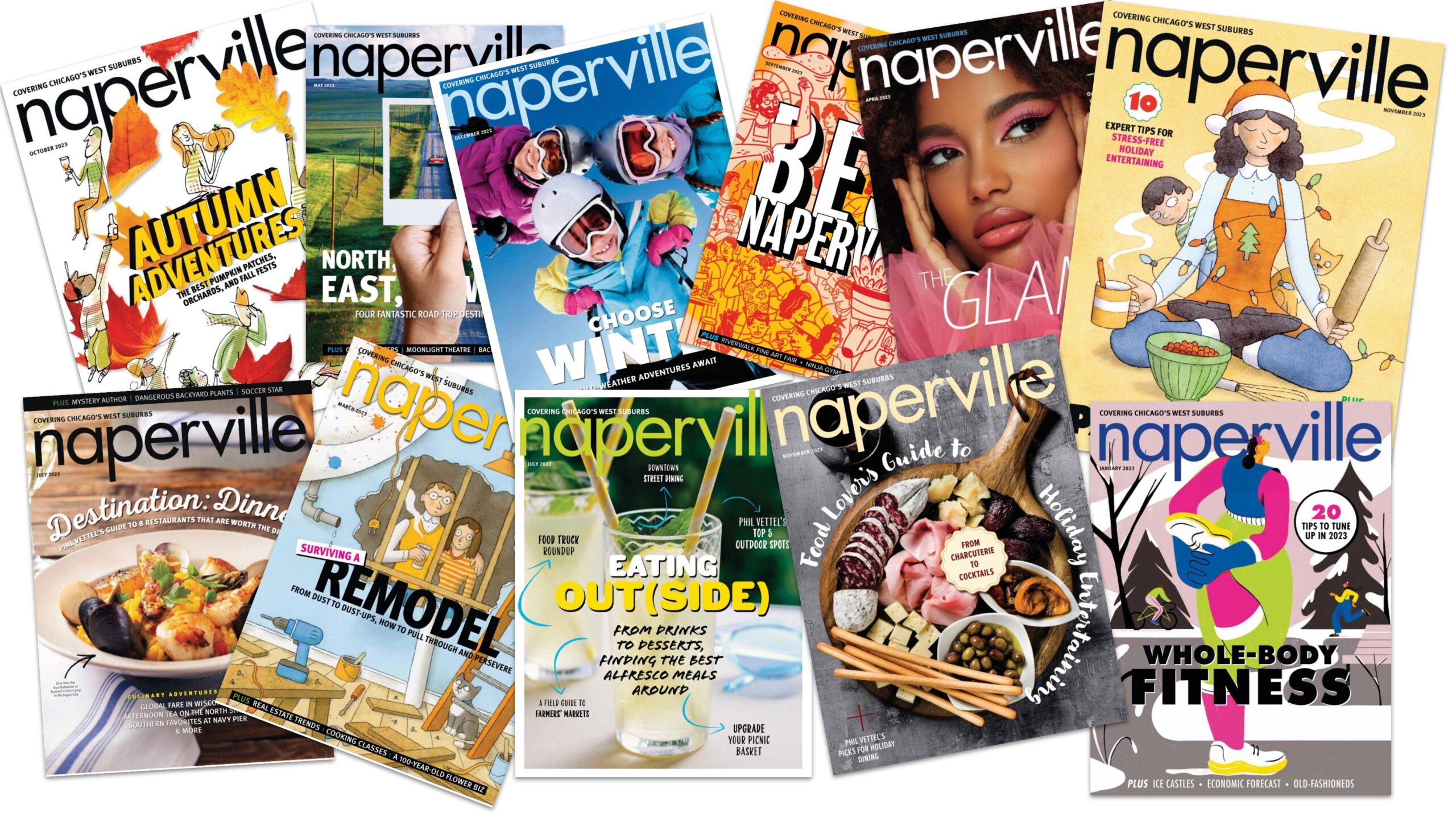Juicing vs. Blending
By Mary Kay Kleist
View more Health & Fitness

Healthy Lifestyle. Closeup Of Beautiful Smiling Vegetarian Woman Drinking Fresh Raw Detox Vegetable Juice. Healthy Food Eating, Diet And Lifestyle Concept. Drinks. Beauty Concept.
The Perfect Blend For Optimum Health
We all know that fruits and vegetables are healthy choices. The more you consume, the greater the benefits. Medical research suggests that eating five or more servings of fruits and vegetables a day can decrease the risk of stroke and cardiovascular disease. Also, they’re loaded with antioxidants that may also help delay the onset of Alzheimer’s disease.
It can be tricky to consume the recommended servings of these power foods every day. However, a simple solution might be juicing or blending the fruits and veggies into a smoothie. To create the perfect mix, consider the difference between juicing and blending. Experts say the main two differences are volume and fiber.
Juicing
“Juicing extracts water and nutrients from the pulp (fiber) of the fruit or vegetable. You get a nutrient dense beverage full of vitamins, minerals, and phytochemicals in a small quantity. Because there is no fiber, the nutrients—including the fructose (sugar)—is absorbed more quickly into the body. If you need a low fiber diet, or if you can’t stand eating veggies, this may be a great option to still get nutritional benefits,” said Holly Herrington, registered dietician, Northwestern Medicine Center for Lifestyle Medicine.
Blending
If you blend the entire fruit or vegetable, the volume of the drink will be larger than juicing. Since the fiber stays in the beverage, the nutrients are absorbed more slowly into the body, making you feel fuller. The daily fiber recommendation for adults is 25–35 grams per day.
So which is better? “The nutrients from the fruits and vegetables will be absorbed into your body either way by blending or juicing. Neither one has shown to be a more effective way of getting your nutrition,” said Herrington.
Serving Suggestions
Nutritionists also recommend drinking your smoothie right away. After 15 minutes, air and light begin to destroy the nutrients. If you need to save it for later, put it in an airtight container.
Portion Size
To keep the sugar and calories in check, the key is portion size. “There is truth that we absorb more sugar and calories when drinking fruits and veggies because we are typically consuming more of them at once,” said Herrington. A large serving of fruit, such as a large apple or banana or two cups of berries, is roughly 100 calories and 25 grams of sugar. “If I put two to three pieces of fruit into my juice or smoothie, I could consume 200-300 calories and 50–75 grams of sugar, as opposed to just eating one piece of fruit. It can be great to replace a meal or snack, but when you start adding smoothies or juice on top of your current diet, you will probably consume too much,” added Herrington. For example, one 8oz glass of 100 percent fruit juice, either from a juice or a bottle, has approximately 120 calories. You will more than likely feel more full if you eat one piece of fruit with the same calorie load.
Added Advantages
• When juicing, use the 80/20 rule: 80 percent veggies and 20 percent fruits. Fruit contains more calories and sugar. A good way to remember this is to have only one to two servings per drink (½ cup to 1 cup fruit).
• Add high water content veggies to your juice (celery or cucumbers) to add more volume.
• To add fiber back into your juice, try adding a fiber powder. Many of these have no smell or flavor but can be a great way to get a fiber boost.
• When blending, try low calorie/low sugar milk alternatives such as unsweetened almond milk, unsweetened coconut milk or unsweetened cashew milk. These have wonderful flavors and can a great creamy texture to your smoothie.
**
Holly Herrington, Northwestern Medicine Center for Lifestyle Medicine


